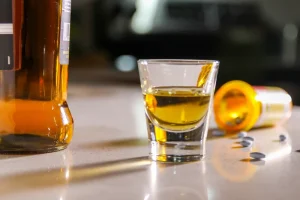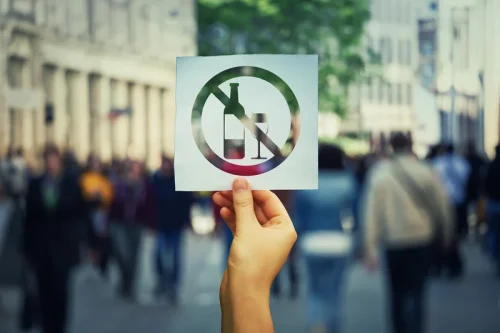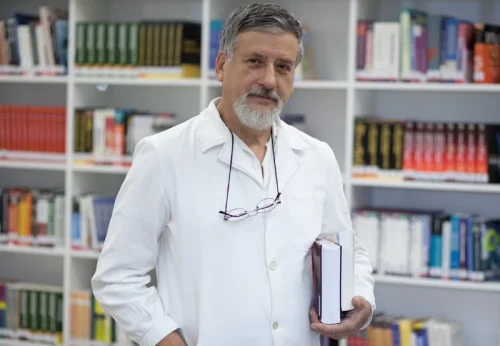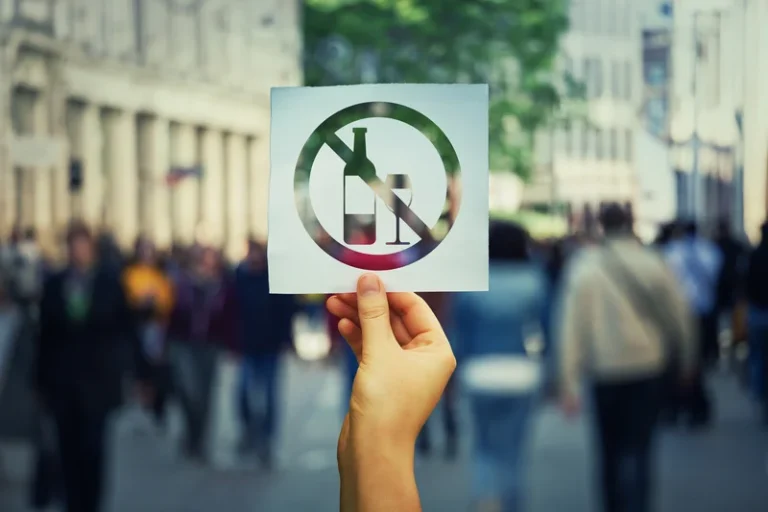
Your first step should be to reach out to a GP (General Practitioner) or your local community alcohol service. They have the expertise to guide you safely through the process of reducing your ptsd blackouts alcohol consumption while monitoring your well-being. Start by creating a list of your “whys.” Why do you want to change your relationship with alcohol? It’s a good practice to keep this list at the back of a notebook, allowing you to add to it over time.

Interrupted Memories: Alcohol-Induced Blackouts
Patients were undergoing treatment for a mean of 54.9 days (SD 47.2), and a great majority of them (86%) were from a rehabilitation center setup. Symptoms of PTSD were assessed using the 4-item version of the PTSD Checklist for DSM-5 (Price et al., 2016). Responses of the four items were summed to create a total symptom severity score (range 0–16), with scores ≥10 indicative of a positive screen for PTSD symptoms. The 4-item version of the PTSD Checklist has similar diagnostic utility when compared to the PCL-5 and has demonstrated validity in identifying symptoms of PTSD among adults and combat Veterans (Price et al., 2016).
Experience sampling measures

Fifteen minutes after alcohol consumption they gargled with water to remove any residue trace alcohol in the mouth, before being breathalysed. They then repeated the 3 studies, submitting to additional breathalyser tests at regular intervals to measure the BAC spike and decline. In total, participants gave five BrAC recordings during the course of participation. Table 2 details the quantity of alcohol administered, the mean time taken to consume the alcohol, and subsequent mean BrAC readings across the duration of the studies. Participants were asked to remain in the laboratory until their BrAC had dropped below the Scottish driving limit (BrAC 0.22mg/l, BAC 0.05%) during which time they were offered soft drinks.

Emotion Regulation
In an animal study (Volpicelli et al. 1986), we have shown that the opioid blocker naltrexone can prevent increased alcohol consumption following trauma. Rats will typically increase their alcohol consumption after several days of 1-hour sessions of brief electric footshocks. However, as shown in figure 2, the use of naltrexone effectively blocked the poststress increase in alcohol drinking. Administering naltrexone as part of the treatment for patients with both PTSD and alcoholism may help break the addictive cycle. Looking more specifically at facets of emotion dysregulation, PTSD symptoms had an indirect effect on alcohol-related consequences through Impulse Control Difficulties and Difficulties Engaging in Goal-Directed Behavior in the full sample.
- Despite being allocated to distinct groups, women, hospital inpatients, and participants with refugee backgrounds (all women) were underrepresented in the sample.
- Data from theDepartment of Veterans Affairsindicates that as many as 63 percent of veterans diagnosed with alcohol use or other substance use disorder also meet the diagnostic criteria for PTSD.
- Alcohol-induced blackouts can lead to impaired memory of events that transpired while intoxicated, and a drastically increased risk of injuries and other harms.
- This study was carried out in eight institutions specialized for the treatment and rehabilitation of drug and alcohol-related problems in the Kathmandu and Lalitpur districts of central Nepal.
- During the serial recall task, 17 out of 23 participants (73.9%) had significantly poorer recall accuracy after-MBO (see Fig 3D).
- All participants reported sleeping, all were tested when sober, and testing took place later in the day allowing time for detoxification.
This typically occurs after 4 drinks for women and 5 drinks for men—in about 2 hours. In fact, many people who have blackouts do so after engaging in a behavior known as high-intensity drinking, which is defined as drinking at levels that are at least twice as high as the binge-drinking thresholds for women and men. Adolescents and young adults are more likely to binge drink, and when they do, they drink more alcohol per binge and drink quickly. Younger people also don’t have as much experience drinking in moderation, so they are more likely to overestimate the amount they can consume or underestimate how much they have already consumed. Adolescents and young people are still developing mentally, physically, and emotionally, and those that frequently binge drink and experience blackouts are more likely to have long-term cognitive and memory problems later on in life. The ESM study was a measurement burst design with 10 weeks of sampling in 7 bursts across the 1.5 years.
What is complex post-traumatic stress disorder (CPTSD)?
- Last, we did not compare effect size differences between men and women in this study; therefore, we do not have a clear understanding on the exact sex differences in these meditational models.
- If you find it hard to live with the aftermath of your service, particularly if you are engaging in blackout drinking or other unhealthy behaviors, you may be at higher risk of developing alcohol addiction due to an underlying mental health issue.
- In addition, the self-initiated morning assessment included assessments of five additional items that may be missed during the random assessments (e.g., risky sex, physical assault).
A person who is blacked out may also throw up while sleeping, which could lead to an increased risk of choking or suffocating. Studies have shown that young adults under the age of 25 are particularly vulnerable to experiencing blackouts. Additionally, blackouts may occur at far lower thresholds among younger populations. That’s largely because the parts of your brain responsible for decision-making aren’t fully matured until around age 25.

The Not-So-Obvious Spectrum: Understanding Alcohol Usage Disorder
For example, victims of childhood physical and sexual abuse are at higher risk for developing PTSD symptoms following traumatic events in adulthood (Breslau et al. 1999). It’s a spectrum of drinking behaviours that encompass everything from occasional binge drinking to daily consumption that negatively impacts one’s life. Research shows that people with PTSD are around four times more likely to be affected by alcohol use disorders than the general population. These analyses shed light on processes that may underlie “self-medication” of PTSD symptoms.

How Alcohol Addiction Is Like an Abusive Relationship
Once you pass the legal blood alcohol concentration — which usually happens through binge drinking, typically four drinks for women and five for men in the span of two hours — the efficiency of your memory decreases until you black out. During a blackout, you can hold conversation and engage with people, but on the inside, nothing is being recorded to your memory. In summary, alcohol impaired both groups of participants in free and serial recall tasks to a similar extent. In contrast, behavioural performance between groups differed in the depth of encoding task where control participants exhibited greater reduction in recall accuracy after alcohol than the MBO group. If blackout drinking or binge drinking have become regular occurrences in your life, you may already be addicted to alcohol. This is especially true if you notice your relationships becoming strained or if you start experiencing new problems at work.
All procedures were approved by the respective institutional review boards. Participants were paid $25 for the baseline assessment and up to $100 per week in the ESM study contingent on performance. Given that PTSD may contribute to worse emotion dysregulation and that emotion dysregulation may contribute to substance misuse, we aimed to explore the role of emotion dysregulation as a mechanism explaining the relationship between PTSD and alcohol misuse.

